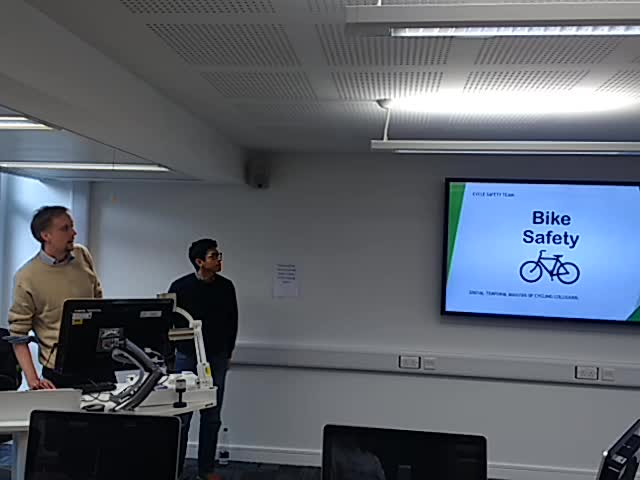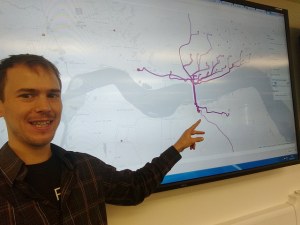The CDRC offers a range of training courses aimed at enhancing capacity in data analytics and data visualisation methods. We have a number of courses coming up over the next few months in Leeds and London. If you’re looking to grow your skills set in these areas, consider booking now as places are filling fast.
Tableau Workshop
22nd February 2018 @ 9:30 am – 4:30 pm
Leeds Institute for Data Analytics, University of Leeds
Fancy learning about data visualisation best practices and receiving hands-on training delivered by Tableau experts? Then this is the course for you with its mix of practical demonstrations and instruction. (Please note that only emails ending .ac.uk can be taken into account for registration on this course).
Introduction to ArcGIS
19th March 2018 @ 9:30 am – 4:30 pm
LIDA, University of Leeds
This course provides an introduction to Geographical Information Systems (GIS) using ESRI’s ArcGIS version 10.2 software. It will give you the opportunity to familiarise yourself with using and navigating the software, as well as focussing on the skills of data entry, data manipulation, editing, analysis and mapping.
Introduction to R
16th April 2018 @ 1:00 pm – 4:00 pm
Leeds Institute for Data Analytics, University of Leeds
Always wanted to learn about the programming language R? During the course you will learn about the benefits of R, how R handles different data types, and how you can begin to use R to solve complex data science, machine learning and statistical problems.
Introduction to Spatial Data & Using R as a GIS – London
23rd April 2018 @ 10:00 am – 4:30 pm
University of Liverpool (London Campus)
The course will cover an introduction to R, how to load and manage spatial data and how to create maps using R and RStudio. We will show you appropriate ways of using classifications for choropleth maps, using loops in R to create multiple maps and some basic spatial analysis.
Confident Spatial Analysis and Statistics in R & GeoDa – London
24th April 2018 @ 10:00 am – 4:30 pm
University of Liverpool (London Campus)
In this course you will cover how to prepare and analyse spatial data in RStudio & GeoDa. You will also use RStudio to perform spatial overlay techniques (such as union, intersection and buffers). By the end of the course you will understand how RStudio manages spatial data and be able to use it for a range of spatial analyses.
Keen to find out more or book? Follow this link to access our training page.











